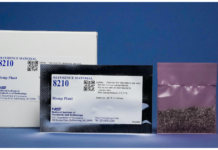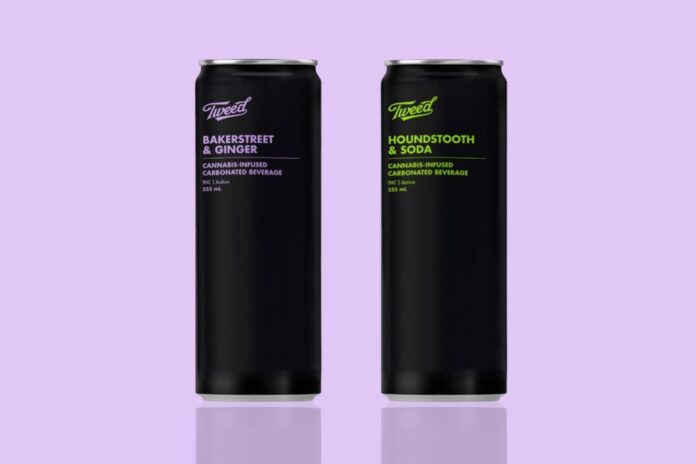Recently, cannabis consumption has evolved to accommodate numerous lifestyles and preferences. Given the increasing mainstream popularity of legal cannabis, consumers and brands alike are embracing more social and discrete form factors. These are among the many factors driving the growth of North America’s cannabis beverage market. Within the last few years, cannabis-infused seltzers, mocktails, energy drinks, and other offerings have gained traction in Canada and parts of the United States. As the cannabis beverage marketplace matures, it will be essential to watch what is to come next.
Canadian cannabis beverage markets marked by accelerated growth
Cannabis beverages have found a home in Canada. In January 2020, the Canadian cannabis marketplace added drinks to the menu, and its market share rose to 2.1% within two years. The pronounced growth of cannabis beverage sales in Canada is primarily driven by consumers in several provinces including Alberta, British Columbia, Ontario, and Saskatchewan. Recent increased consumer demand also stems from more accessible pricing as more brands achieve economies of scale. From 2020 to 2021, the average price of a cannabis beverage dropped from nearly $17 to $6.58 per item.
Decreasing prices paired with growing consumer awareness fosters an optimal playground for innovative beverage brands. Across Alberta, British Columbia, Saskatchewan, and Ontario, the number of unique cannabis beverage offerings has climbed to nearly 400, and there are no signs that it will slow down. Leading beverage brands such as XMG, Everie, and Tweed can continue to capitalize on this growing market by meeting consumer-specific needs. From January 2020 through January 2022, research shows that carbonated drinks made up 51.52% of beverage sales in Canada, with water following closely behind with 20.3% of sales. Therefore, it would be in the best interest of emerging and established brands to explore ways to incorporate carbonated beverages and water offerings into their latest R&D strategies.
U.S. cannabis beverages increase market share at a consistent and steady rate
Unlike its neighbor to the north, the U.S. has watched its cannabis beverage market share grow at a comparatively steady pace from 0.9% in January 2020 to 1.1% in January 2022. Similarly, the price of cannabis beverages has hovered around the same price point over the last two years, falling from $14.40 in early 2020 to just under $13 at the beginning of 2022.
At the same time, California appears to have become the country’s nexus of infused beverage innovations. In January 2020, there were 100 different cannabis beverage products in California, Nevada, and Colorado. Currently, California leads the way with 530 distinct beverage offerings, while no other state offers more than 300 different products. With that said, brands like MAJOR in Washington and Keef Cola in Colorado have become two of the most successful brands in the sector, eclipsing prominent California brands like CANN and Lagunitas.
Looking ahead, beverage brands, especially in emerging cannabis markets, should consider diversifying their product offerings. In the past two years, drops, mixes, elixirs, and syrups were the most popular categories, accounting for over 27% of U.S. beverage sales, with carbonated drinks following close behind. Investing in more creative and approachable products within these categories enables brands to increase market share further as the cannabis beverage market grows.
Conclusion
Despite the core differences between the U.S. and Canada’s beverage markets, it’s evident that there are still tremendous growth opportunities to enhance product offerings in popular beverage categories, and identify entry points into emerging categories and consumer demographics. Headset’s latest insights in this lucrative sector underscore the importance of approaching each market as its unique ecosystem. Methods to success in Canada may not succeed in America and vice versa. Businesses must seek information pertinent to their market and adjust their plans in accordance. If you’re interested in understanding what the cannabis beverage industry looks like in Canada and the U.S., please review our most recent report.
Cy Scott is co-founder and chief executive officer at Headset Inc., turning retail data into real-time cannabis market insights. He provides industry analysis and insights about innovative brands through his weekly blog, Cannabis Packaged Goods. Prior to founding Headset, he co-founded Leafly and helped grow the site into the world’s leading cannabis information resource. Along with his work at Headset, Scott founded a monthly Cannabis Tech Meetup hosting cannabis entrepreneurs and technology developers that has expanded into multiple regions throughout the U.S. Scott’s favorite strain is Tangie.









